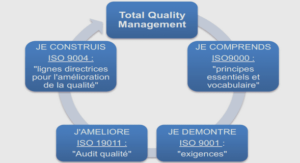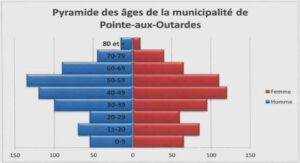The Role of Litigation in Sovereign Debt Restructuring
market-based approach in which a sovereign debtor restructures its debt through an exchange offer coupled with amendments to the terms of the debt effected through exit consents, (2) a contract-based method involving the use of collective action clauses (CACs) that permit the majority of the creditors to amend the terms of the debt over the objections of minority creditors, and (3) a regulatory-based mechanism in the form of an international bankruptcy procedure, which is known as the Sovereign Debt Restructuring Mechanism (SDRM). Despite the differences in approach, discussions of the merits of these reforms have focused almost exclusively on their capacity to constrain the ability of recalcitrant creditors to enforce their claims against sovereign debtors by filing lawsuits.
This focus on curtailing holdout litigation, however, overlooks the benefits that holdout creditors, particularly vulture funds, confer on the restructuring process as well as the role that legal actions play in empowering creditors relative to debtors and minority creditors relative to the majority of the creditors. Holdout creditors, by refusing to participate in restructurings of sovereign debt, serve as a check on opportunistic defaults and onerous restructuring terms. Moreover, the prospect of holdout by minority creditors may limit collusive behavior among the majority of the creditors. Holdout creditors, particularly vulture funds, also promote the functioning of the international capital markets. For example, by reducing the likelihood of opportunistic defaults, holdout creditors increase capital flows to sovereign debtors. Holdout creditors also provide value independent of the restructuring process by increasing liquidity in the market for sovereign debt, especially distressed debt. The extent to which holdout creditors provide those values in these ways depends upon the power conferred through judicial enforcement of their claims against sovereign debtors.
Yet, holdout litigation is not an unqualified good. In some cases, the disruptive effects of holdout litigation outweigh its positive effects. We argue, however, that critics of holdout litigation have not made the case for broad reforms that would eliminate holdout litigation. Instead, the potential for detrimental litigation can be reduced through more narrowly tailored refinements to the litigation remedy implemented through market-based changes in the terms of agreements governing sovereign bonds. The reaction of the market to these changes offers a valuable opportunity to evaluate further the role of holdout litigation.
This Article proceeds in Part I by describing the salient features of the restructuring process, beginning with the nature of sovereign default and then turning to the historical developments leading to the use of litigation in response to defaults. Part II reviews the development of litigation by holdout creditors. Part III considers the primary proposals for limiting holdout litigation, offers an evaluation of the role of holdout creditors and, based upon this assessment, suggests modest alterations to the restructuring process. Specifically, we emphasize the role holdout creditors may play in maintaining the balance between the interests of majority creditors, and those of minority creditors, while recognizing the importance of maintaining the integrity of the international capital markets. We suggest, therefore, modifications to the agreements governing sovereign bonds, as a means of promoting the balance between these interests and protecting the markets.
Sovereign debt resembles commercial debt in many ways. From the creditor’s perspective, in determining whether to make a loan to a particular debtor, the creditor must assess the likelihood the debtor will default on the loan and the likely recovery in the event of a default. The creditor is constrained, however, in its ability to acquire full information about the debtor and its financial condition. Additionally, the probability of default and the amount of recovery upon default will vary with events that occur after the making of the loan, including both events resulting from the debtor’s actions Sovereign debt, however, differs from commercial debt in important ways. In the sovereign debt context, the creditor’s ability to assess the probability of default and the probable recovery upon default is further hampered by the fact that the sovereign debtor may default on the loan simply because it is unwilling to make the required payments; that is, the debtor may default..





